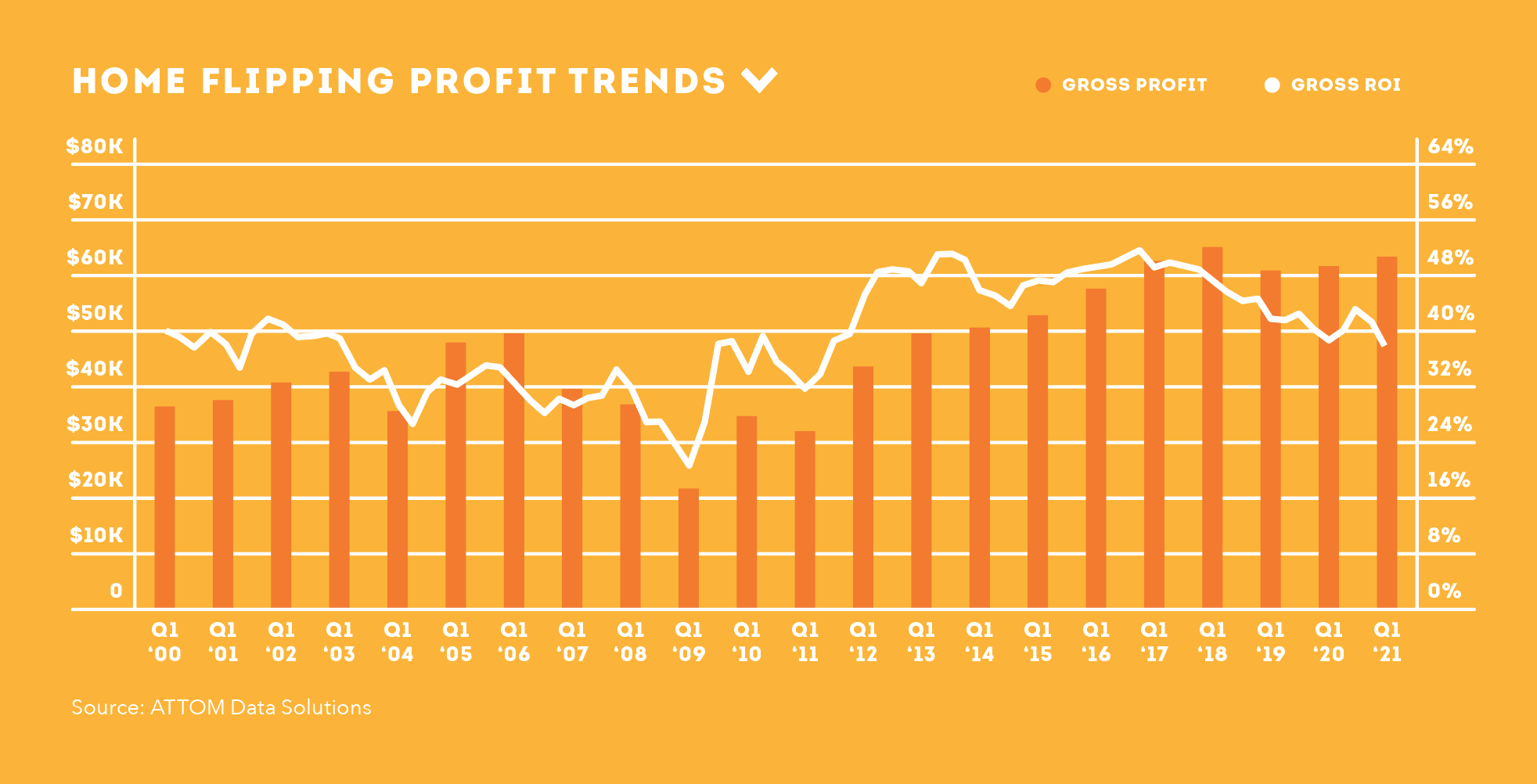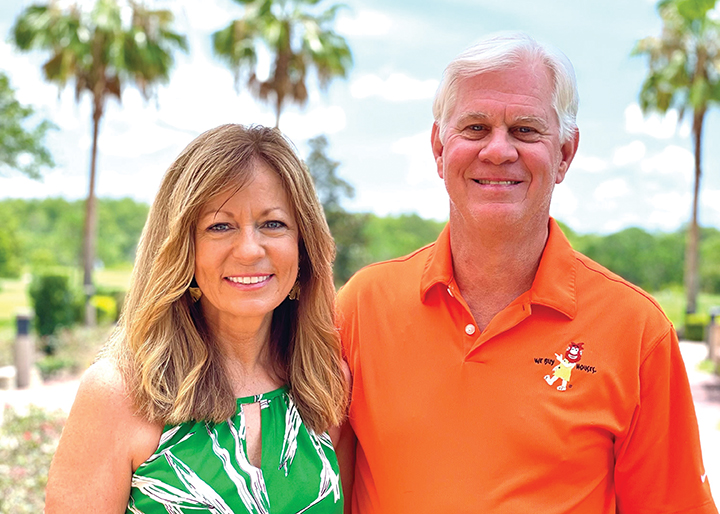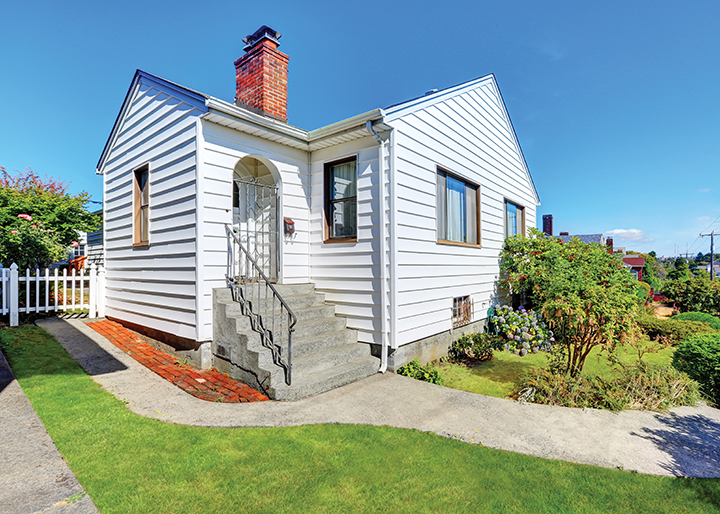May Foreclosure Starts Up 36 Percent Year-Over-Year
ATTOM, licensor of the nation’s most comprehensive foreclosure data released its May 2021 U.S. Foreclosure Market Report, which shows there were a total of 10,821 U.S. properties with foreclosure filings— default notices, scheduled auctions or bank repossessions—down 8 percent from a month ago but up 23 percent from a year ago. Foreclosure starts, which represent the initial notice of default, grew by 36 percent year-over-year. “While the increase in foreclosure
Read More












